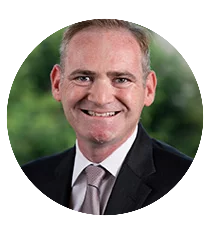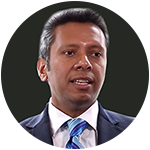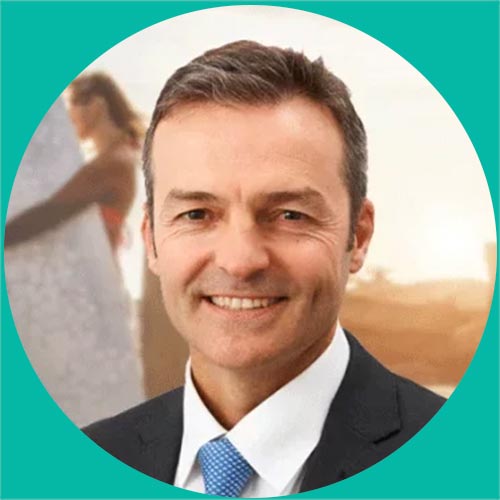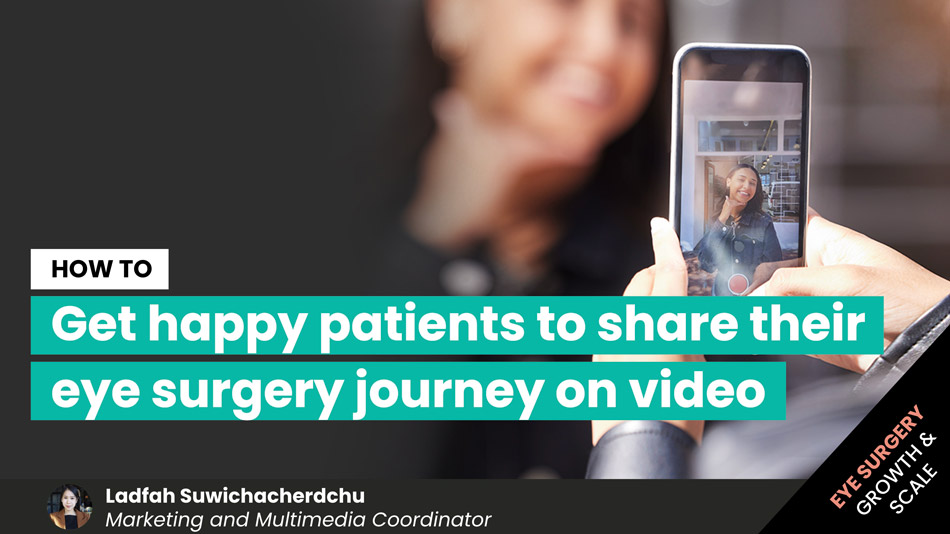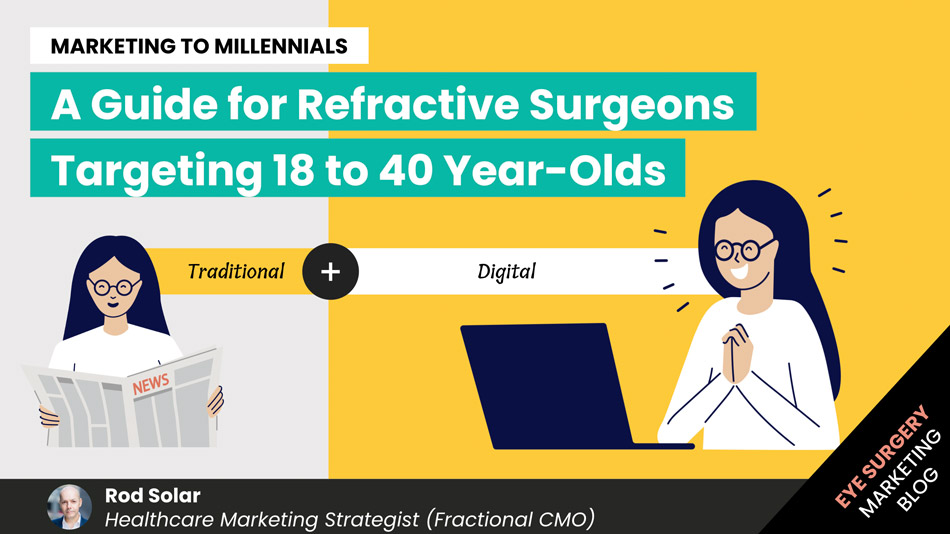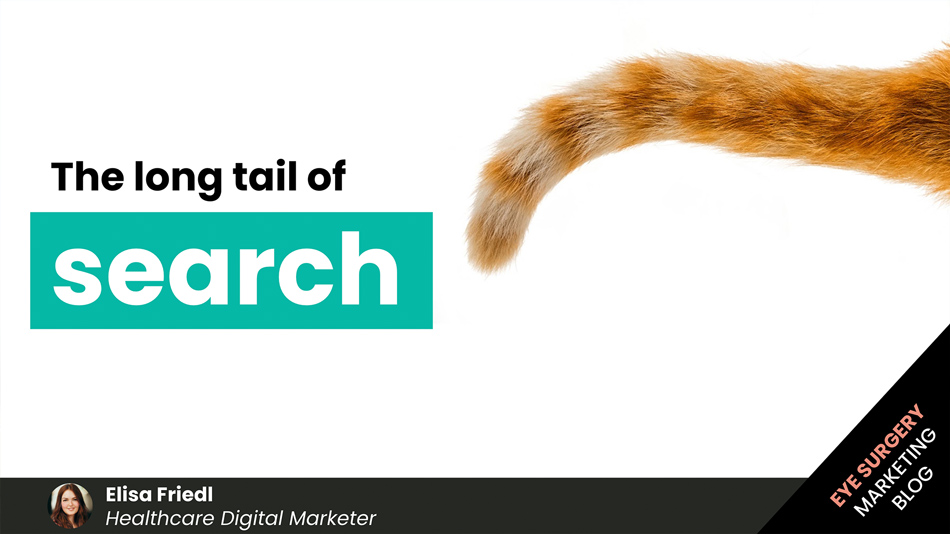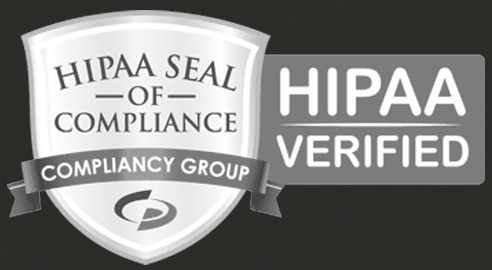Debunking myths in the era of alternative facts
If you’ve been paying even the slightest bit of attention to Donald Trump’s first few days as President of the United States, you’ll have heard of the term ‘alternative facts’.
Invented by Trump’s ‘counselor’ and former campaign manager Kellyanne Conway, the term was created to defend White House press secretary Sean Spicer’s claim that Trump’s inauguration enjoyed “the largest audience to ever witness an inauguration – period – both in person and around the globe.”
Here’s the moment she invented the term:
An alternative fact is a lie, or more politely, falsehood or a myth.
Despite the progress we’ve made since Aristotle first invented the scientific method, our world today is not solely inhabited by proponents of rationality and evidence-based fact.
Alternative facts, or myths, as they are more commonly known, infect nearly every area of scientific discourse, and medicine is no exception. Let myths fester unchallenged; they can become entrenched, especially when vested interests are involved.
When promoting healthcare, debunking myths can be necessary, but what’s the best way to do it?
If there’s one scientific discipline that’s had an abundance of debunking to do, it is atmospheric science; or, what is more commonly known as the science of climate change.
Climate scientists (and the rest of us as a consequence) have been besieged by the most insidious disinformation campaigns driven by vested interests in the fossil-fuel energy dependence status quo. Therefore, climate scientists have worked hard to refine their approach to debunking myths, perhaps more than any other group of scientists.
One such website aimed at debunking climate change myths is Skeptical Science which has published The Debunking Handbook. The authors start with a warning:
Debunking myths is problematic. Unless great care is taken, any effort to debunk misinformation can inadvertently reinforce the very myths one seeks to correct. To avoid these “backfire effects”, an effective debunking requires three major elements. First, the refutation must focus on core facts rather than the myth to avoid the misinformation becoming more familiar. Second, any mention of a myth should be preceded by explicit warnings to notify the reader that the upcoming information is false. Finally, the refutation should include an alternative explanation that accounts for important qualities in the original misinformation.
It’s excellent advice, though many don’t heed it. Let’s take laser eye surgery as an example. Here’s a web page published by All About Vision, that lands first on the Google Search Engine Result Page for the keyword phrase “laser eye surgery myths.”
Click the image to enlarge
As advertised, this page reports the most commonly held laser eye surgery myths. The page aligns with some of the scientifically proven advice suggested by The Debunking Handbook with regards to debunking myths, but it could do better. For example,
- First, the refutation is organised around the myths instead of the core facts.
- Second, the page content makes a distinction between a myth and a fact in the text, but the layout separating these could be much clearer to the visitor.
- The page does not include an alternative explanation that accounts for important qualities in the original misinformation.
Many clinics and surgeons have similar pages to this on their website. Interestingly, Google Analytics tells us they can be popular pages.
So how would we make a better debunking myths page for laser eye surgery blindness?
Here’s where The Debunking Handbook can be very handy indeed. They suggest that an anatomy of an effective debunking looks like this:
-
Present only core facts
You should emphasise the facts in a refutation, not the myth. You should only give key facts to avoid what they call an “Overkill Backfire Effect” (evidence suggests that too many facts will further entrench someone in their pre-existing belief and will backfire).
-
Explicitly warn of upcoming misinformation
Before you mention a myth, you should inform the reader that the upcoming information is false, with text or visual cues.
-
Offer an alternative explanation
Fill any gaps left by the debunking. You can achieve this by providing an alternative causal explanation for why the myth is wrong and, optionally, why the misinformers promoted the myth in the first place.
-
Use graphics
Display your core facts graphically if possible because they are less likely to be subject to interpretation.
The following example debunks the myth that laser eye surgery has a significant risk of leading to blindness.
Click the image to enlarge
Debunk one myth at a time
Debunking myths is a complicated business and it’s hard enough getting people to unlearn one thing when compared to unlearning more than one misconception. That’s why we suggest that you debunk one myth at a time. Pages like these avoid overloading the visitor with too much to unlearn at once.
With thanks to laser eye surgeon Glenn Carp for providing the facts used (in the graphic above) in the video below.
Related Posts
Meet our Co-Founders
We’re passionate about helping leaders of high-quality, growth-minded practice owners double their practice revenue
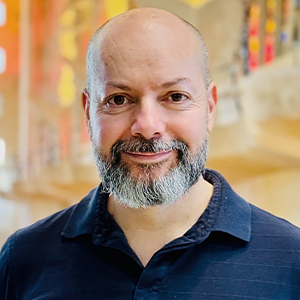
Rod Solar
Founder & Scalable Business Advisor
For over 20 years, I’ve helped ophthalmology entrepreneurs scale their private practices. I specialise in doubling revenue within three years by offering a proven framework, hands-on experience, and a team of experts who implement what works. We take the guesswork out of growth and scale, so you can focus on delivering exceptional patient care while maximising the value of your business.
LiveseySolar completely transformed the way we were approaching this… We’ve gone from having just the dream of having a practice to having a practice up and running with people making inquiries and booking for procedures… It’s extremely pleasing. We feel lucky we connected with LiveseySolar.
— Dr Matthew Russell, MBChB, FRANZCO, specialist ophthalmic surgeon and founder of VSON and OKKO

Laura Livesey
Founder & CEO
I’m the co-founder & CEO of LiveseySolar. I’ve developed powerful eye surgery marketing systems that increase patient volumes and profits for doctors, clinics, and hospitals, since 1997.
Rod and Laura know as much about marketing surgery to patients as I know about performing it. They are an expert in the field of laser eye surgery marketing. They know this industry inside out. I believe that they could help many companies in a variety of areas including marketing materials, sales training and marketing support for doctors.
— Prof. Dan Reinstein, MD MA FRSC DABO, founder of the London Vision Clinic, UK




